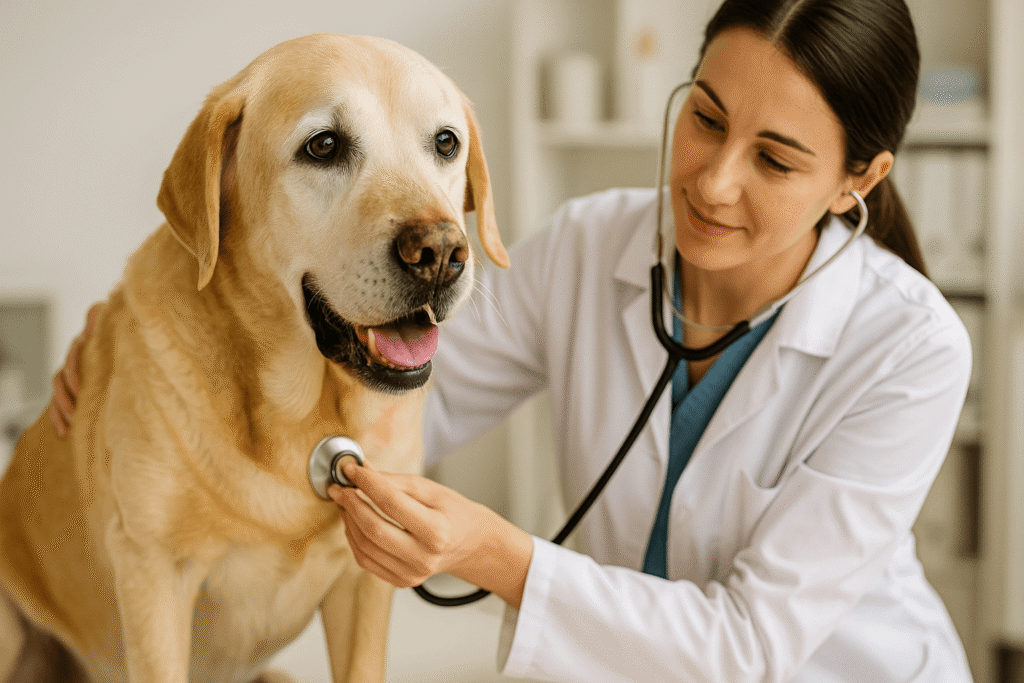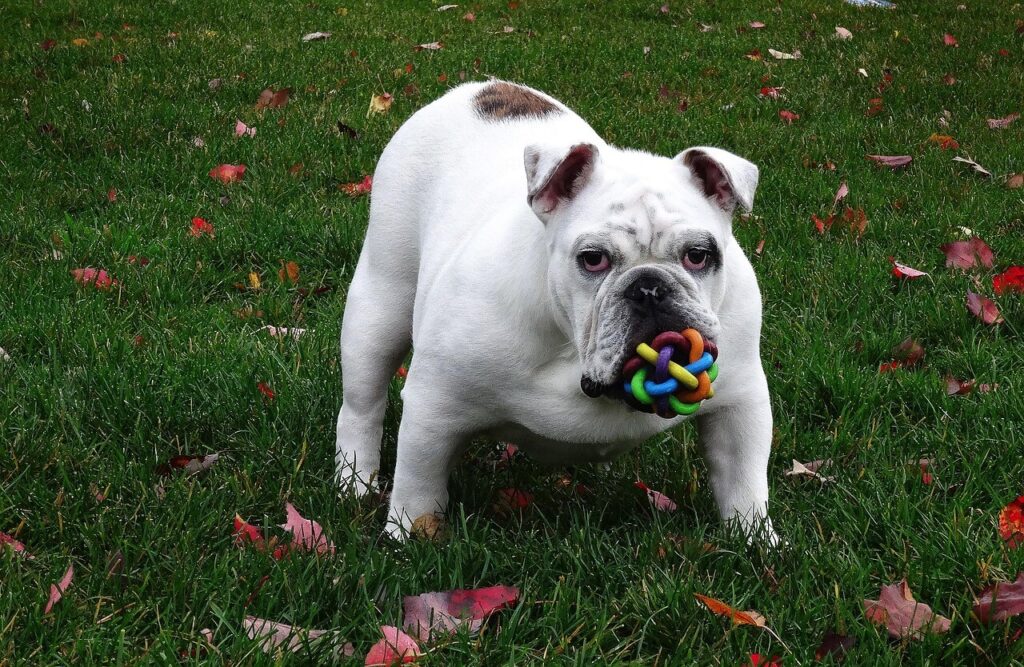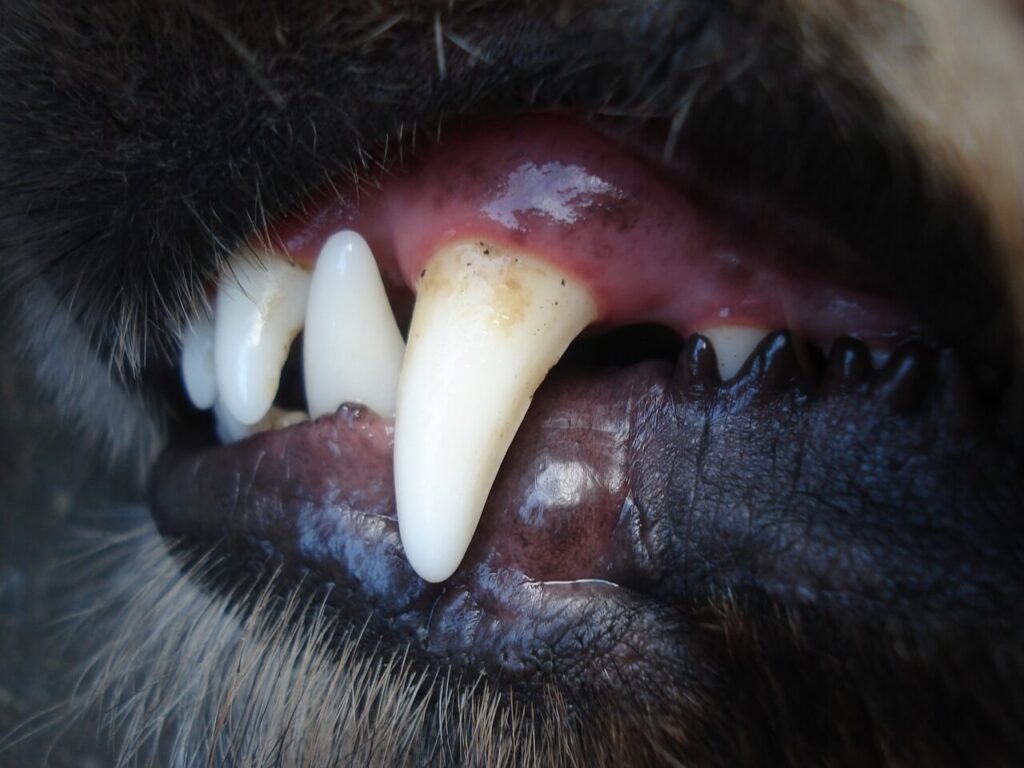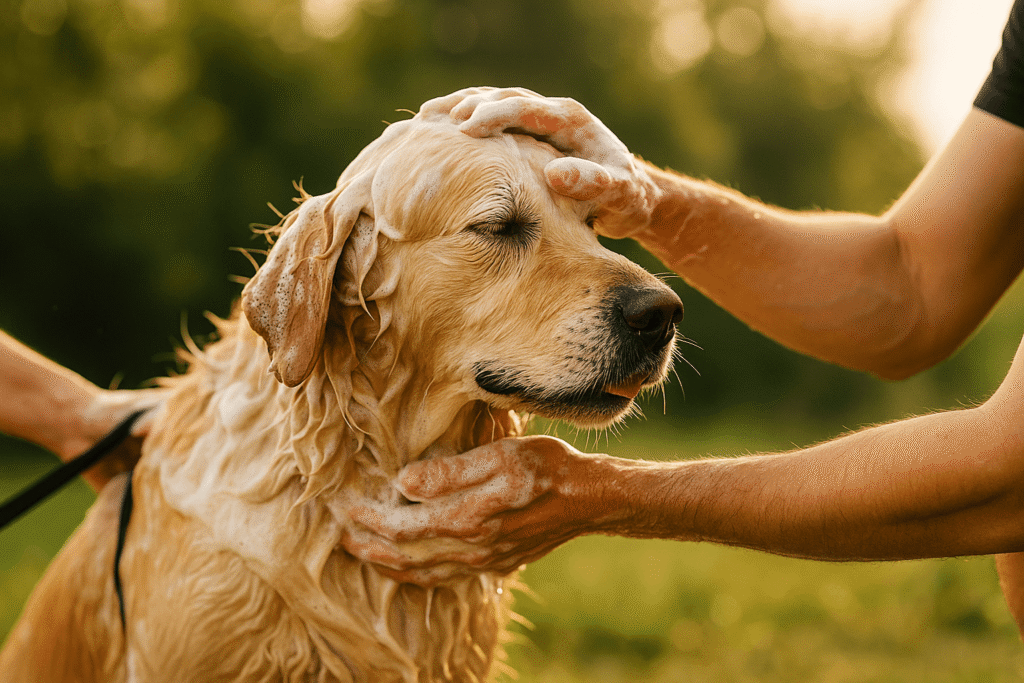10 Tips for Taking Care of a Senior Dog
As dogs age, their needs change significantly—physically, mentally, and emotionally. Whether your dog is entering their golden years at 7 or 10 (depending on breed), being prepared for this life stage is crucial to giving them a happy, healthy retirement. From diet adjustments to vet visits, here are 10 essential tips for taking care of your senior dog.
1. Visit the Vet More Frequently
Senior dogs are more prone to chronic conditions, so twice-yearly vet visits are recommended.
- Routine checkups help detect issues like arthritis, heart disease, and dental problems early.
- Bloodwork and other diagnostics can reveal changes not visible on the outside.
- Ask your vet about age-appropriate vaccines and medications.
💡 Tip: Keep a health journal to track subtle changes like increased water consumption, limping, or restlessness.

2. Switch to a Senior-Specific Diet
Older dogs need a diet that supports joint health, digestion, and weight management.
- Look for foods labeled “senior” or “mature” with added glucosamine and omega-3s.
- Lower-calorie formulas help prevent weight gain as metabolism slows.
- If your dog has kidney or heart issues, ask your vet about prescription diets.
💡 Tip: Introduce new food slowly to avoid upsetting their stomach.
3. Monitor Weight and Body Condition
Maintaining a healthy weight is critical for aging dogs, especially those with arthritis or mobility issues.
- Overweight dogs are more likely to suffer from joint pain, diabetes, and cardiovascular issues.
- Use a body condition score chart or ask your vet for a quick assessment.
- Weigh your dog monthly and adjust feeding as needed.
💡 Tip: A visible waist and ribs that are easy to feel (but not see) usually indicate a healthy weight.
4. Adjust Their Exercise Routine
Senior dogs still need exercise, but it should be tailored to their abilities.
- Opt for shorter, more frequent walks rather than long hikes.
- Low-impact activities like swimming or slow fetch are gentler on joints.
- Watch for signs of overexertion like limping or heavy panting.

💡 Tip: Warm up with a slow walk before more vigorous play and cool down afterward.
5. Provide Supportive Bedding and Furniture Access
Older dogs are more sensitive to hard surfaces and may struggle with stairs or jumping.
- Orthopedic beds support aging joints and reduce pressure points.
- Use ramps or stairs for getting on beds, couches, or into cars.
- Non-slip rugs or mats help prevent slips on tile or hardwood.
💡 Tip: Place beds in warm, draft-free areas to ease joint stiffness.
6. Prioritize Dental Health
Dental disease is common in older dogs and can lead to pain, infection, or organ damage.
- Brush your dog’s teeth daily with dog-safe toothpaste.
- Schedule professional cleanings as recommended by your vet.
- Offer dental chews or toys that help reduce plaque.

💡 Tip: Bad breath is often the first sign of dental disease—don’t ignore it.
7. Watch for Changes in Behavior
Sudden behavior changes in senior dogs can signal underlying medical or cognitive issues.
- Disorientation, house soiling, or excessive barking may point to canine cognitive dysfunction (dog dementia).
- Increased anxiety, clinginess, or changes in sleep habits also warrant attention.
- Keep a daily log of new behaviors to discuss with your vet.
💡 Tip: Dogs can experience age-related anxiety—consistent routines can help ease stress.
8. Keep Their Minds Active
Mental stimulation is just as important as physical activity for senior dogs.
- Introduce puzzle feeders, snuffle mats, or scent games.
- Continue light training sessions to reinforce obedience and build confidence.
- Rotate toys regularly to maintain interest.
💡 Tip: Enrichment reduces boredom and helps delay cognitive decline.
9. Maintain Regular Grooming

Grooming becomes more important as your dog ages and may become less active.
- Brush your dog often to prevent matting and skin issues.
- Check for lumps, sores, or signs of infection during grooming.
- Trim nails more frequently—less activity means nails wear down slower.
💡 Tip: Grooming also offers a chance to check for signs of pain or stiffness.
10. Be Patient and Compassionate
Aging brings many changes, and some will require extra love and understanding.
- Be prepared for more vet visits, occasional accidents, or changes in mobility.
- Stay calm and positive—dogs are sensitive to your energy.
- Focus on quality time and comfort in their later years.
💡 Tip: Small gestures like gentle massage or sitting together outside can mean the world to an aging dog.
Final Thoughts
Caring for a senior dog requires attention, patience, and proactive health management. By adjusting their routine and environment to fit their needs, you can ensure your dog enjoys their golden years in comfort and happiness. The reward? A deeper bond and the peace of knowing you’re giving your dog the best life possible—right until the end.
